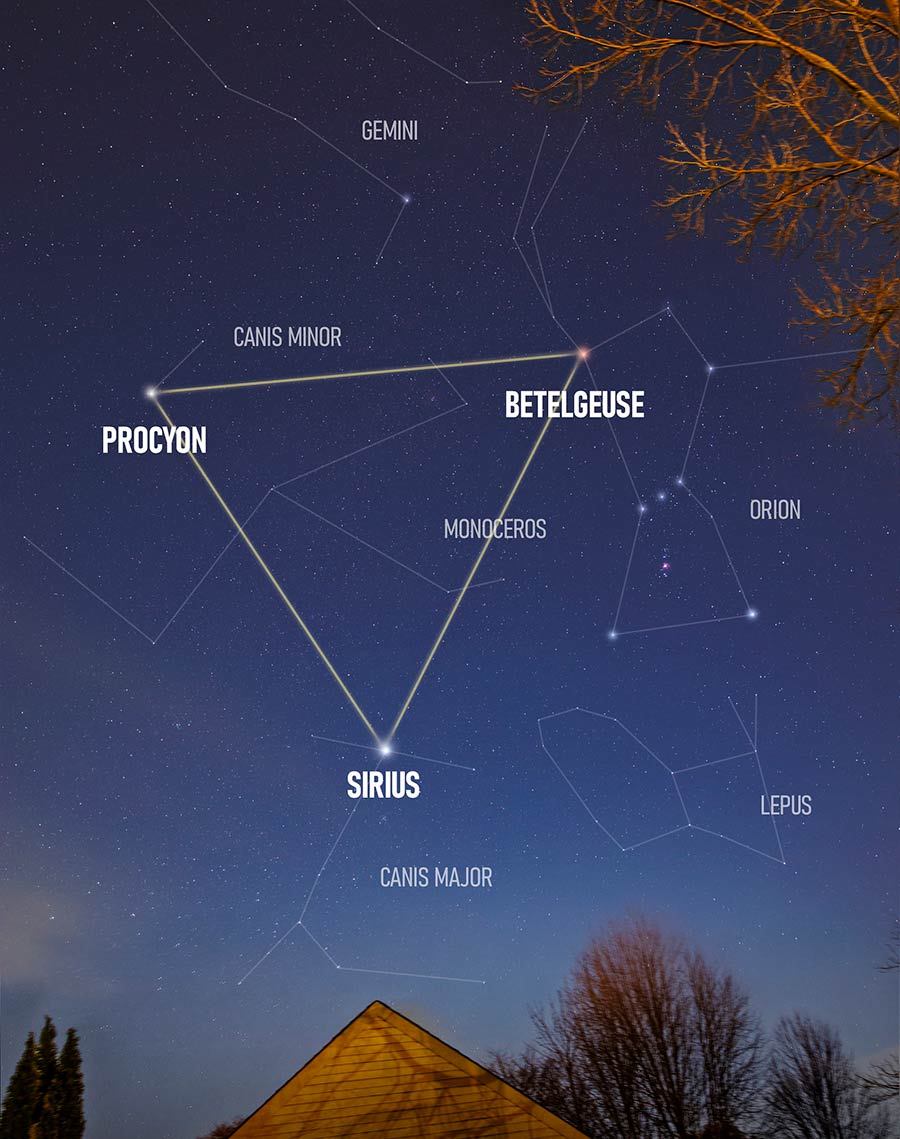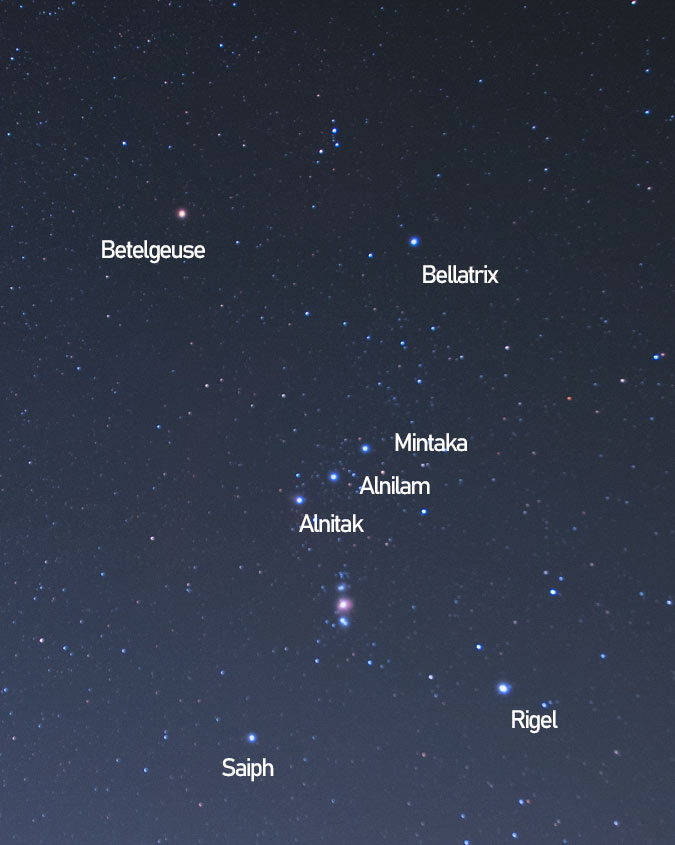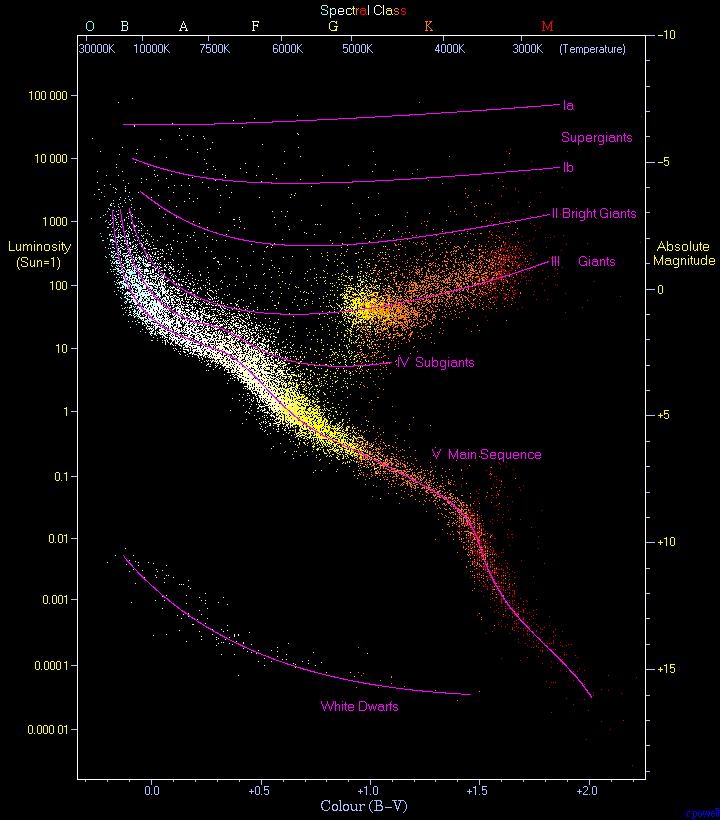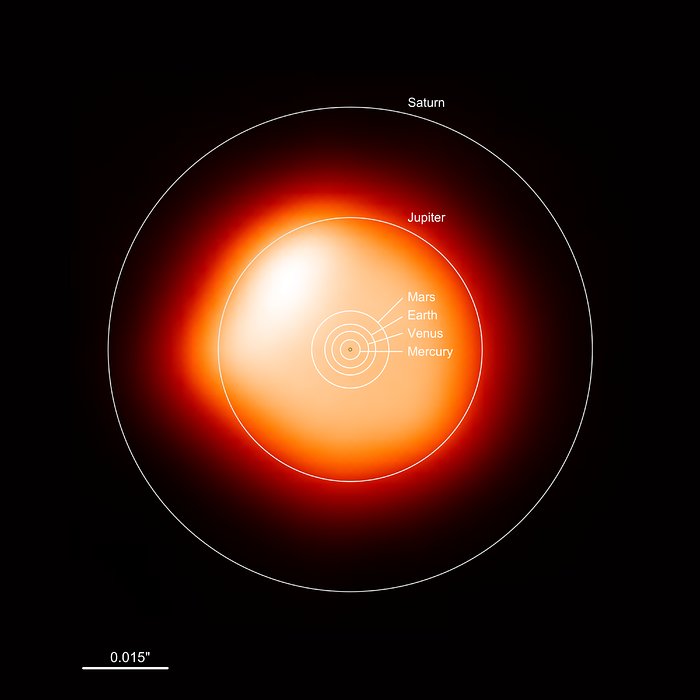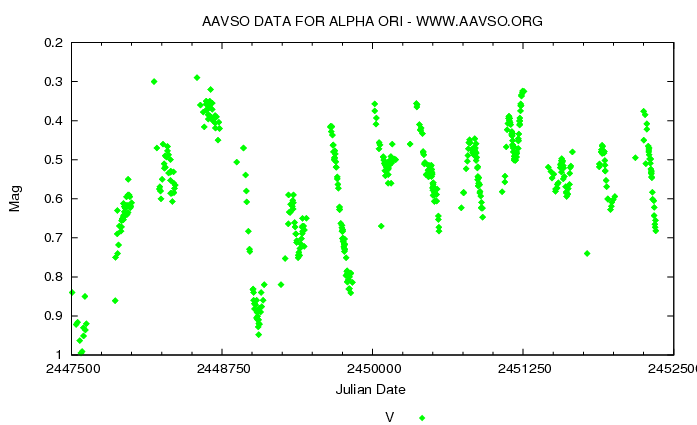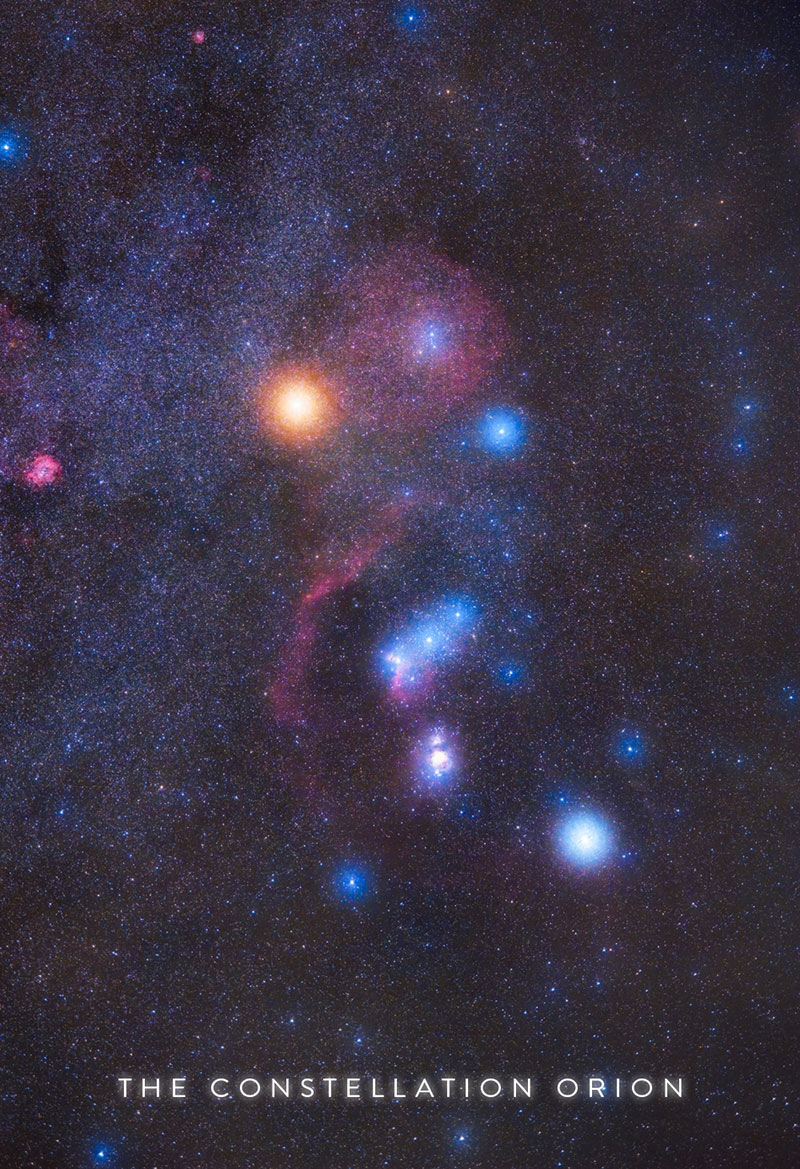The Star Betelgeuse
Betelgeuse appears as a bright orange/red star in the upper left ‘shoulder’ of the constellation Orion. This red supergiant-type star is one of the largest you can see with your naked eye.
It is one of the easiest stars to identify in the night sky thanks to its distinctive orange/red color, and position within Orion. During the month of December, the Orion constellation is visible from almost every inhabited region on Earth.
To find out which stars are visible in the night sky from your exact location, I recommend using a mobile astronomy app on your smartphone such as Stellarium to guide your way.
Betelgeuse is a variable star. According to the International Variable Star Index (VSX) its magnitude can range between 0.0 and +1.6 . in magnitude. Betelgeuse can even reach brightness levels that surpass nearby Rigel in Orion.
Where is Betelgeuse located?
Betelgeuse is the tenth brightest star in the night sky and the second brightest star found in the constellation Orion, located at the eastern shoulder of the hunter.
At near-infrared wavelengths, however, the rust-colored star is the brightest star in the sky. Its brightness, position, and color make this star visible to the casual observer even though it is approximately 640 light-years from Earth.
For a more precise distance, recent observational data by the Solar Mass Ejection Imager (SMEI) and three modeling techniques determined that Betelguese may be even closer than originally thought.
Betelgeuse is one of the three stars that make up the Winter Triangle (shown below) and can be seen rising in the east just after sunset at the beginning of January each year. It is also visual to everyone (except at latitudes south of 82 degrees) between mid-September to mid-March, with the best observations in mid-December.
The ‘Winter Triangle’ asterism in the night sky.
- Distance to Earth: 642.5 light-years
- Radius: 617.1 million km (887 R☉)
- Apparent magnitude (K): −4.05
- Apparent magnitude (J): −3.00
- Absolute magnitude (MV): −5.85
- Coordinates: RA 5h 55m 10s | Dec +7° 24′ 26″
The Brightest Stars in the constellation Orion.
What is Betelgeuse named after?
The name Betelgeuse is derived from Arabic words meaning ‘the giant’s shoulder’, ‘the armpit of Orion’ and/or ‘the hand of Orion’ and has four pronunciations of the name with ‘beetle juice’ being the most popular.
While observed since the ancient past, the name Betelgeuse is actually a French interpretation of an Arabic name. This name is bit al-jauza or yad al-jauza.
“Al-jauza” is interpreted as “the central one”, and sometimes “the giant” (which refers to the entire Orion constellation itself). The second part of the name, “bit”, has been translated to “armpit”. This rendering would make the name Betelgeuse stand for “the armpit of the giant“.
In the following photo, you’ll notice bright Betelgeuse at the top left shoulder (or armpit) of Orion the hunter as it rises in the northern hemisphere winter sky.
Betelguese shines brightly at the upper left shoulder of Orion.
What Color is Betelguese?
Betelgeuse appears distinctly orange/red in color when viewed through a telescope or with the naked eye. The contrast in color between this star and the other bluer stars or Orion makes it easy to identify.
It is interesting to read about the observational history of the star Betelguese. Its red coloration has been noted since antiquity, described by astronomy Ptolemy as “more or less orange-tawny” or “ruddy” in color. Before modern-day stellar classification systems existed, Angelo Secchi labeled Betelgeuse as a Class III, orange to red star.
Betelgeuse appears red now, but did its color change? Chinese astronomers observed Betelgeuse as having a yellow color three centuries before Ptolemy’s ruddy observation. Scientists have discussed whether Betelguese was actually a yellow supergiant when these observations were documented.
Hertzsprung-Russell diagram showing the Hertzsprung gap between main sequence stars and red giants. Richard Powell.
How far away is Betelguese in km?
If Betelgeuse is approximately 640 light-years away from earth, this translates to 5,952 trillion kilometers. The name for one thousand trillion is “quadrillion”, so you can say that Betelgeuse is about 6 quadrillion km away from Earth.
Assuming that our fastest spacecraft can travel at about one light-year per 20,000 years, it would take us 12,800,000 years to reach Betelgeuse.
This distance should provide some relief to those worrying about Betelgeuse going supernova in the future. When it does, it will be a spectacular sight in the sky. It will shine as bright as the half-moon, for several months.
What type of star is Betelgeuse?
Betelgeuse is considered a red supergiant based on its size and temperature and appears orange-red in color because of its low temperature. Betelgeuse has evolved rapidly over time and is subject to increasing and/or decreasing in brightness due to changes in size and temperature.
In late 2019, it was reported that the brightness of Betelgeuse had decreased significantly and that it may be approaching supernova. More recently though, studies suggest that the star has stopped dimming and may actually be beginning to brighten.
Red supergiants are stars that are close to the end of their life. It is estimated by astronomers that Betelgeuse might end its life in a supernova explosion in the next ten to hundred thousand years. When this happens, it will send its store of heavy elements into our galaxy.
What will the effects of Betelgeuse going supernova be? Most scientists agree that this explosion is too far away from Earth to do any damage at over 600 light years away. However, if the poles of Betelgeuse were pointed directly at us, it would be a different story.
Is Betelgeuse Bigger than the Sun?
The radius of Betelgeuse is thought to be around a thousand times greater than the sun and would reach beyond the orbit of Jupiter if it was placed at the center of our solar system. The following image by the European Southern Observatory shows the size comparison of Betelgeuse compared to the planets in our solar system.
This image was made using the Atacama Large Millimeter/submillimeter Array (ALMA). The overlaid annotation shows how large the star is compared to our Solar System. Yes, Betelgeuse is absolutely massive.
Variability
Betelgeuse periodically changes in brightness, indicating that is a semiregular variable star. However, the amplitudes in brightness vary, and the brightness cycles have varying lengths and periods of irregularity.
These traits place Betelgeuse in a subgroup of “pulsating red supergiants with amplitudes around one magnitude and periods from tens to hundreds of days.” The v-band light curve data below shows just how variable the magnitude of this red supergiant is.
AAVSO V-band light curve of Betelgeuse from Dec 1988 to Aug 2002. AAVSO Light Curve Generator.
Most changes in Betelgeuse’s brightness are small (almost magnitude +0.5), but during an extreme increase in brightness, it can reach magnitude 0. These varying magnitudes are documented to have periods of variability, with the longest period being 2,335 days, and the shortest 185.
In February 202, the lowest “reliably-recorded” V-band magnitude was reported at a magnitude of +1.614.


